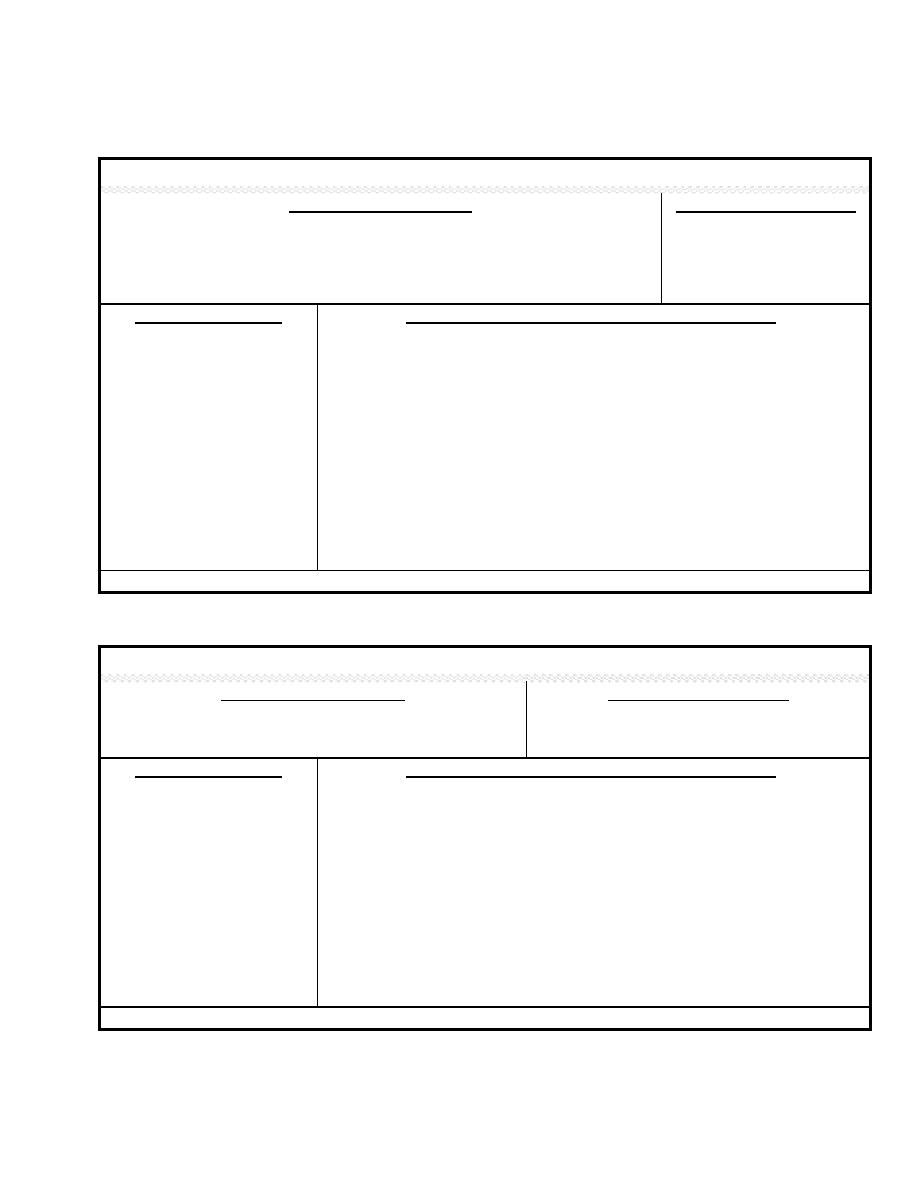 |
|||
|
|
|||
|
Page Title:
AN/APN-215 (V) Airborne Weather Radar Set |
|
||
| ||||||||||
|
|  AN/APN-215 (V) Airborne Weather Radar Set
SYSTEM DESCRIPTION
SYSTEM PARAMETERS
The AN/APN-215 is an airborne weather radar system for fixed-wing aircraft and
Frequency: 9375 MHz
provides a continuous display of weather intensities for a 200 nautical mile range. This
Power: 4.7 W ; 10 kW Peak
system utilizes a planar array type antenna.
SYSTEM HAZARDS
HAZARD CONTROLS (to reduce or eliminate risk)
Power Density Levels (PDL) ....
When in the scanning mode, this system is not able to produce potentially hazardous
PDLs in excess of the safety standard. In the nonscanning mode, this system is capable
of producing potentially hazardous PDLs in excess of the safety standard. Establish a
Nonionizing Radiation Protection Program (IAW guidelines provided in this TB) .
Hazard distance from antenna ....
When operating in the nonscanning mode, exclude personnel to a distance of 1.6 m from
the antenna. Prohibit personnel in front of the radome to a distance of 2.0 m from the
antenna. Restrict ground testing to isolated areas.
Other.................................
Specify use of dummy loads for maintenance operations requiring the transmitter to be
on. Consult the equipment Technical Manual for other operator and/or maintenance
hazards.
REFERENCES: TM 11-5841-289-13
AN/APQ-174 Radar Set
SYSTEM DESCRIPTION
SYSTEM PARAMETERS
The AN/APQ-174 is a radar system.
Frequency: CLASSIFIED
Power: CLASSIFIED
SYSTEM HAZARDS
HAZARD CONTROLS (to reduce or eliminate risk)
Power Density Levels (PDL) ....
In the scanning mode, this system is not capable of producing potentially hazardous
PDLs in excess of the safety standard. In the nonscanning mode, this system is capable
of producing potentially hazardous PDLs in excess of the safety standard. Establish a
Nonionizing Radiation Protection Program (IAW guidelines provided in this TB) .
Hazard distance from antenna ....
When operating in the nonscanning mode, exclude personnel to a distance of 4 m from
the antenna.
Other.................................
Specify use of dummy loads for maintenance operations requiring the transmitter to be
on. Consult the equipment Technical Manual for other operator and/or maintenance
hazards.
Equipment - 14
|
|
Privacy Statement - Press Release - Copyright Information. - Contact Us |